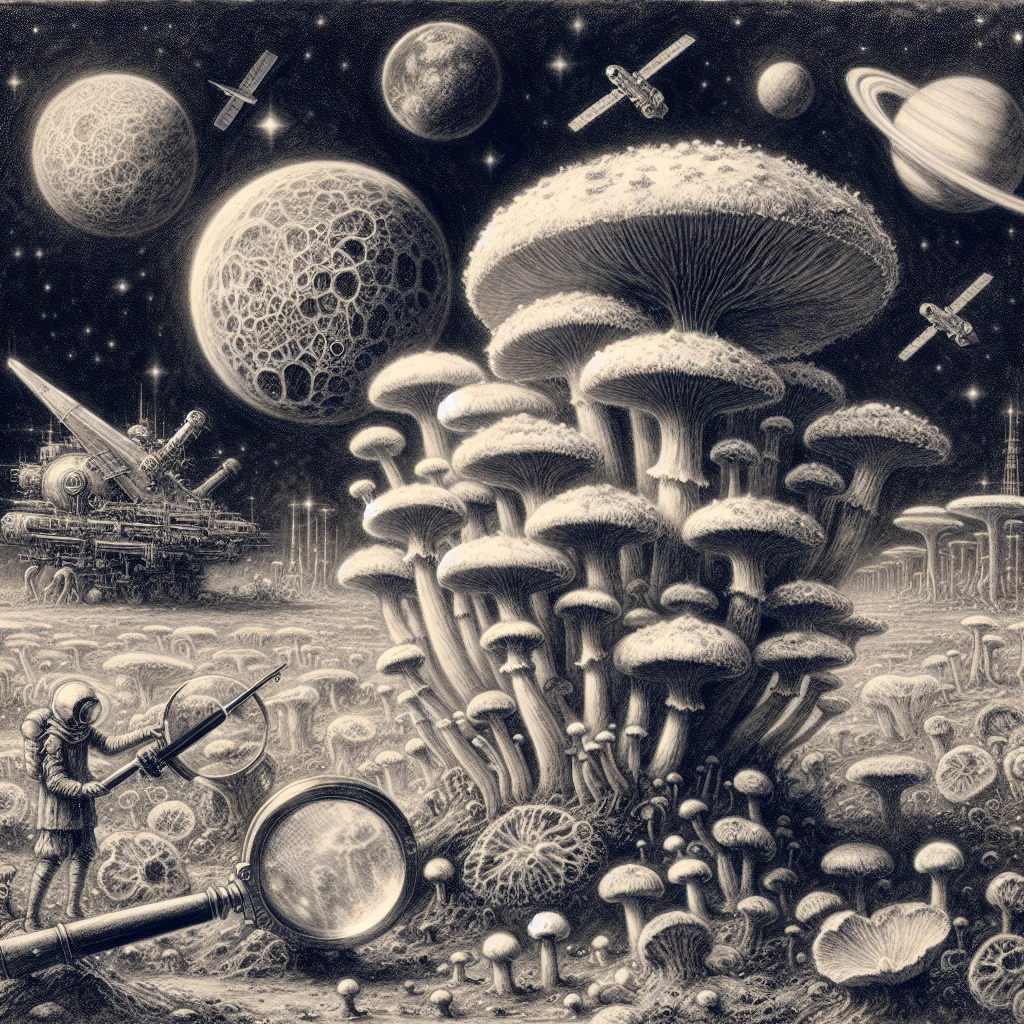
- Published on
- Authors

- Name
- ric de yuga 😄
☢️ The Perils of Cosmic Radiation: Venturing Beyond the Asteroid Belt
As humanity sets its sights on exploring the vast expanse of space beyond Mars, a significant challenge looms on the horizon: cosmic radiation. The asteroid belt, located between Mars and Jupiter, acts as a natural barrier, shielding the inner solar system from the full force of cosmic rays. However, as we venture beyond this protective shield, the need for advanced radiation-absorbing materials becomes paramount.
🌠 Understanding Cosmic Rays
Cosmic rays are high-energy particles that originate from various sources, such as the Sun, supernovae, and distant galaxies. These particles, primarily consisting of protons and atomic nuclei, travel at nearly the speed of light and can penetrate deep into matter, posing a significant risk to human health and electronic systems.
The intensity of cosmic radiation increases dramatically beyond the asteroid belt, making long-term space exploration and habitation a formidable challenge. To mitigate the effects of cosmic rays, we need innovative materials that can effectively absorb and shield against this harmful radiation.
🍄 Mushroom Mycelium: Nature's Radiation Shield
Enter mushroom mycelium, a remarkable organic material that could hold the key to protecting spacefarers and their vessels from the dangers of cosmic radiation. Mycelium, the vegetative part of a fungus, consists of a vast network of thread-like filaments called hyphae. This intricate structure has several unique properties that make it an ideal candidate for space exploration:
- Radiation Absorption: Mycelium has a high capacity for absorbing and attenuating radiation. The complex network of hyphae acts as a natural shield, trapping and dissipating the energy of cosmic rays.
- Vacuum Resistance: Unlike most biological materials, mycelium can survive and thrive in the vacuum of space. Its adaptability to extreme conditions makes it a suitable choice for space applications.
- Structural Integrity: Mycelium has excellent mechanical properties, including high tensile strength and low density. These characteristics make it an ideal material for constructing lightweight and durable spacecraft components.
🚀 Mycelium-Based Biodegradable Spaceships
The potential of mushroom mycelium extends beyond radiation shielding. Imagine a future where spaceships are constructed using biodegradable mycelium-based materials. These vessels would not only provide protection against cosmic rays but also serve as the foundation for new civilizations beyond the Milky Way.
Upon reaching a suitable planetary system, the mycelium-based spaceship could be deliberately decomposed, releasing its organic matter onto the new world. This process would kickstart the development of a sustainable ecosystem, providing the building blocks for life to take root and flourish.
The biodegradable nature of mycelium ensures that the spaceship's impact on the environment is minimal, avoiding the accumulation of space debris and reducing the risk of contamination. This approach aligns with the principles of planetary protection and responsible space exploration.
🌌 The Future of Interstellar Exploration
As we set our sights on the stars and dream of establishing civilizations beyond the Milky Way, mushroom mycelium emerges as a game-changing solution. Its unique properties, including radiation absorption, vacuum resistance, and biodegradability, make it an invaluable asset for interstellar travel.
By harnessing the power of mycelium, we can create sustainable and protective spaceships that not only shield us from the hazards of cosmic radiation but also lay the foundation for new life on distant worlds. The future of space exploration is not just about technological advancements; it is about finding harmony with nature and leveraging its incredible potential.
🔍 Conclusion
The challenges posed by cosmic radiation beyond the asteroid belt are significant, but nature has provided us with a remarkable solution in the form of mushroom mycelium. By embracing this incredible material, we can unlock new possibilities for interstellar exploration and the establishment of extraterrestrial civilizations.
As we continue to push the boundaries of space travel, it is essential to think beyond conventional materials and technologies. Mushroom mycelium offers a sustainable and innovative approach that aligns with our responsibilities as cosmic explorers and guardians of life.
So let us embrace the power of mycelium and embark on a journey that not only takes us to the stars but also sows the seeds of new beginnings on distant shores. The future of interstellar exploration is rooted in the incredible potential of this humble fungus, and the possibilities are truly out of this world.
